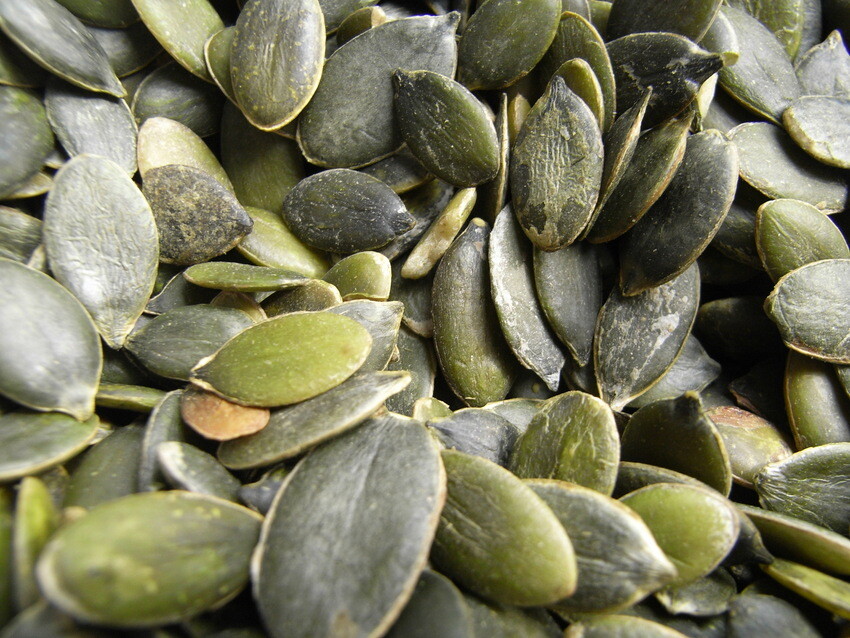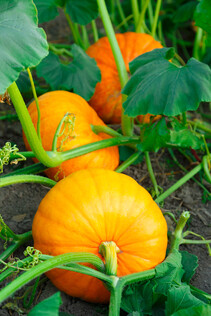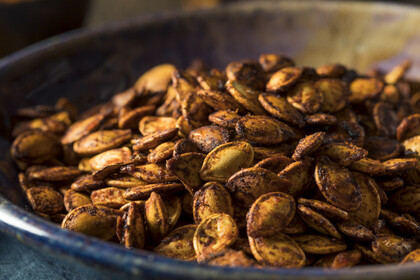


Pumpkin Seeds
Pumpkins were originally native to Southern North America and the South East of Mexico, and have been cultivated for thousands of years. They are now grown all over the world.
The word ‘pumpkin’ encompasses several different varieties of edible squashes, which all provide edible seeds. Pumpkins themselves are a type of berry, and the whole plant makes a very versatile foodstuff. Not only are the flesh and seeds edible, but the flowers are stuffed and eaten in Mexico, and pumpkin leaves are used as a vegetable in Africa.
Pumpkin seeds as a foodstuff are also called ‘Pepitas’
FORMATS
- Shelled
OTHER POINTS TO NOTE
Pumpkin is a very low-calorie vegetable, with 100g providing just 26 calories. As such it is often recommended to help with weight control.
Pumpkin seeds were used in traditional American Indian medicine as a means of expelling tapeworms and other parasites.
COUNTRIES OF ORIGIN
- China
HARVEST
- Novemnber and December
VARIETIES
Pumpkins belong to the Cucurbita plant family, which includes squashes, watermelons and cucumbers. As pumpkins are easy to cross-breed, there are a huge number of varieties which are bred for different uses- including in America particularly decorative use.
Cucurbita Moschata varieties are grown for commercial use, while Curcubita Pepo varieties provide more decorative types.
NUTRIENT HIGHLIGHTS
- High in protein, containing nearly 22g per 100g
- A source of Fibre
- A source of healthy fats, including Polyunsaturated, Monounsaturated and Omega-6 fatty acids
- Key minerals include Manganese, Magnesium, Phosphorus, Iron. Copper and Zinc
